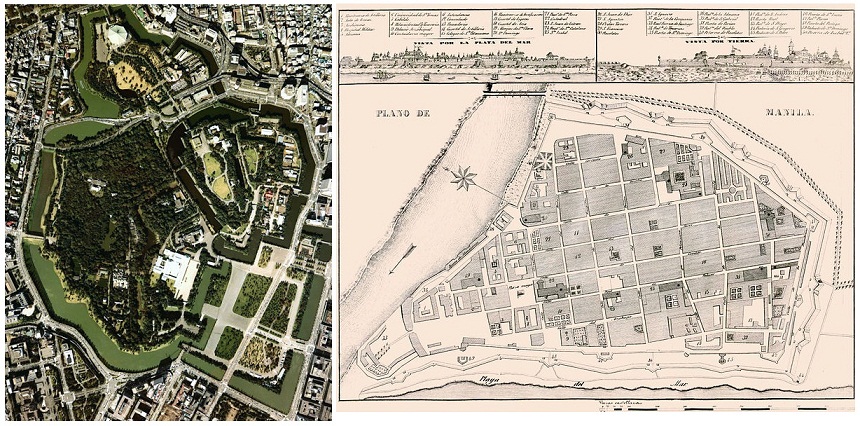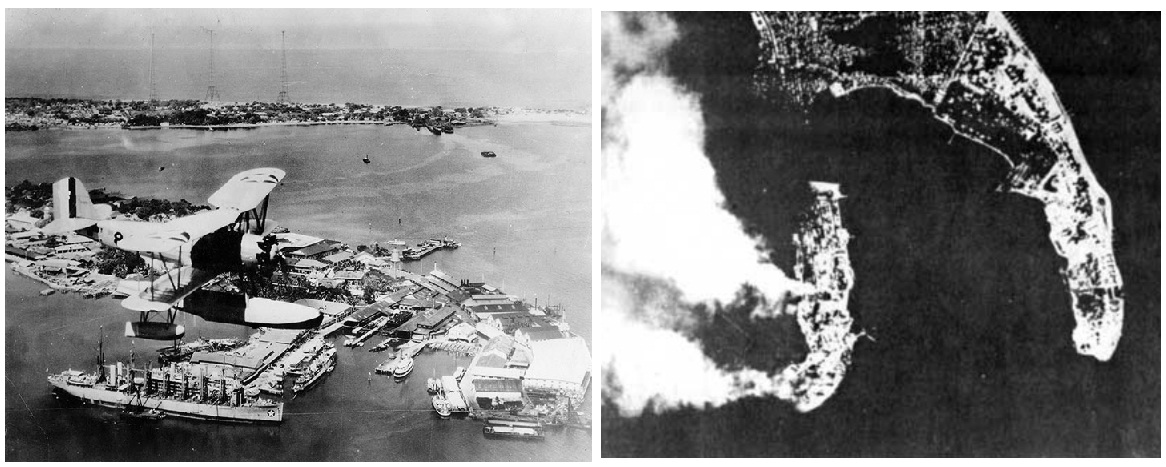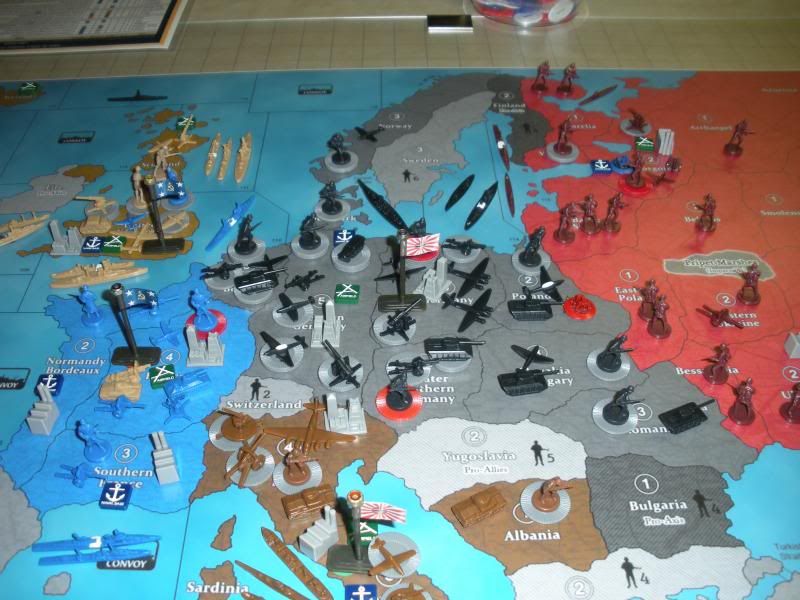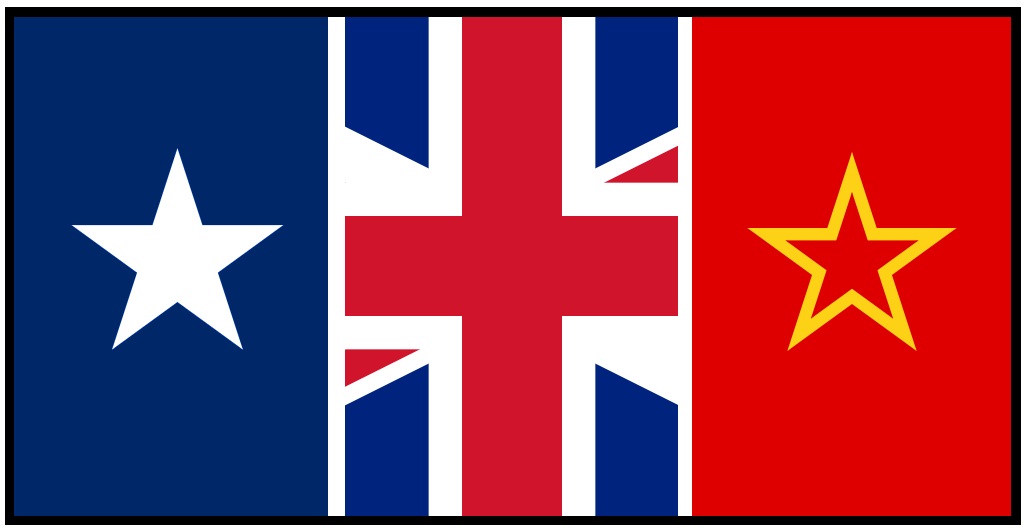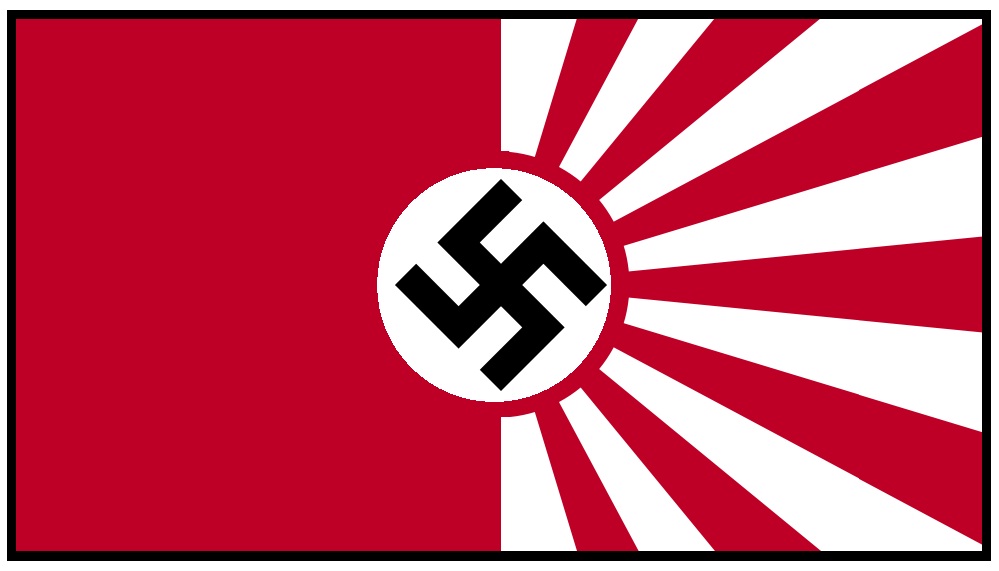Thanks for the feedback everyone. Here are a few additional thoughts.
Regarding Ossel’s point about comparative scales, which is a good one, this would indeed rule out the small Barmaley Fountain for Stalingrad , but not the “Worker and Kolkhoz Woman” statue (which is 78 feet high) nor “The Motherland Calls” (which, at 279 feet, is taller than the Statue of Liberty if you exclude the latter’s large pedestal).
As for the program’s limitations at handling organic shapes, this is indeed a difficulty – but here I’d say that, personally, I’d be fine with a model that suggests in broad outline (rather than in fine detail) the shape of a statue whose appearance is sufficiently distinctive. The model which Ossel has already produced of the Eiffel Tower illustrates this point: the depiction is very simple compared to the original, yet it’s perfectly recognizable. So on that count, “The Motherland Calls” would win over “Worker and Kolkhoz Woman” because its recognizability and “Sovietness” is less dependent on fine detail, relying instead on its colossal scale and its dramatic pose. The more I think about it, the more I’d be inclined to pick “The Motherland Calls” for these reasons and for the following additional one: “Worker and Kolkhoz Woman” has one wrong element (wrong city) and one right element (correct time period), while “The Motherland Calls” has one wrong element (wrong time period) and two right elements (correct city, and direct association with the Battle of Stalingrad).
However, if Ossel were for whatever reason to decide to use a building to represent Stalingrad, I agree that the Univermag Department Store would probably work better than any of the building options I can think of. (I can’t get very excited at the prospect of a marker modeled after, let’s say, the “F.E. Dzerzhinskogo Stalingrad Tractor Factory Number 3”, and Pavlov’s House was architecturally just a small and nondescript building.)
Ossel’s suggestion of using the Edo Castle (containing the Tokyo Imperial Palace) raises an interesting point: the markers which have already been designed, or whose choices seem to be attracting a consensus, can be grouped into different categories. Some focus on a single structure (such as the Eiffel Tower, the Brandenburg Gate and the Colosseum). Some show a large urban area dominated by one or two distinctive adjoining structures (such as Washington, which shows the Capitol Building and the Washington Monument). And some are projected to show an even larger landscape: San Francisco Bay and the Golden Gate Bridge (for San Francisco), Diamond Head, Waikiki Beach, Honolulu and Pearl Harbor (for Honolulu). The grounds of the Tokyo Imperial Palace (see picture below) would fall into the large-landscape category. (Incidentally, incorporating the Edo Castle on one side and the Meiji Shrine on the other side of the same model would be problematic because they’re in two different districts of Tokyo – Chiyoda and Shibuya. On that scale, the buildings would be too small to see.) The same large-landscape concept could be applied to Manila by depicting the walled Intramuros district (see picture below). And in fact the same concept could even be applied to Stalingrad, whose layout was fairly distinctive: a city built in three major sections on hilly bluffs on the west side of a bend in the river Volga.
